




When doing household chores such as cleaning and laundry, it’s important to know the correct measurements for different cleaning products. One common measurement that often comes up is a “capful.” But how much exactly is a capful?
A capful is a unit of measurement commonly used for cleaning and laundry products such as detergents, fabric softeners, and cleaners. It refers to the amount of liquid that can fit in the cap of the product’s container. Manufacturers design their products with a specific cap size to ensure consistent measurements.
It is important to follow the manufacturer’s instructions when using cleaning products, as the recommended amount of product can vary depending on its concentration and intended use. Using too little or too much of a cleaning product can affect its effectiveness and potentially cause damage to surfaces or fabrics.
When using a capful as a measurement, it’s important to note that different products may have different cap sizes. Some caps may be smaller and require multiple capfuls for the desired amount, while others may be larger and provide enough product in just one capful. Always check the label or product instructions to determine the appropriate amount of product to use.
The Importance of Cleaning & Laundry Measurements
When it comes to cleaning and doing laundry, using the right measurements is crucial for getting the best results. Whether you are using cleaning products, laundry detergents, or fabric softeners, understanding the measurements specified on the labels can make a big difference in their effectiveness.
Ensuring Proper Cleaning
Using the correct measurements of cleaning products is essential to ensure that your surfaces and fabrics are thoroughly cleaned. Too little or too much product can affect the cleaning power and efficiency.
For example, if you are using a multi-purpose cleaner to clean your kitchen countertops, using too little may not remove the dirt and bacteria effectively. On the other hand, using too much could leave residue and require additional rinsing to remove the excess cleaner.
By following the recommended measurements, you can achieve the right balance and ensure that your cleaning products work efficiently without wastage.
Maintaining Fabric Quality
Using the correct measurements of laundry detergents and fabric softeners is crucial for maintaining the quality of your clothes and other fabrics.
Using too little detergent may not effectively remove stains and dirt from your garments, leading to unsatisfactory cleaning results. On the other hand, using too much detergent can leave residues on your clothes, leading to dullness, stiffness, and potential allergic reactions.
Similarly, using the right measurements of fabric softeners is important for achieving soft, fresh, and static-free clothes. Too little fabric softener may not provide the desired softness, while using too much can leave a greasy residue on your garments.
Following Manufacturer Guidelines
Manufacturers provide recommended measurements on their cleaning and laundry products to help consumers achieve the best results. It is important to read and follow these guidelines to ensure optimal product performance and safety.
Additionally, following the recommended measurements can also help save money by preventing overuse or wastage of cleaning and laundry products. It allows you to use the right amount needed for each task, maximizing the value of your purchases.
Conclusion
Understanding and using the correct measurements for cleaning and laundry products is crucial for effective cleaning, maintaining fabric quality, and following manufacturer guidelines. By doing so, you can achieve better cleaning results, prolong the lifespan of your fabrics, and optimize the use of your cleaning and laundry products.
Understanding Accurate Cleaning Measurements
When it comes to cleaning, understanding accurate measurements is essential in order to achieve the desired results. Whether you are washing clothes, cleaning surfaces, or diluting cleaning solutions, having the right measurements can make a significant difference. Here are some tips on understanding accurate cleaning measurements:
1. Use standardized measuring tools
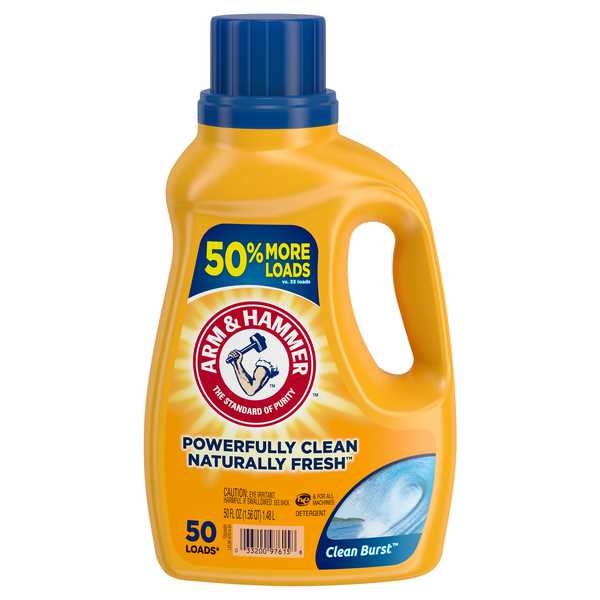
Using standardized measuring tools, such as measuring cups and spoons, ensures accuracy and consistency in your cleaning measurements. Avoid using random household items as substitutes for measuring tools, as they may not provide accurate measurements.
2. Follow the instructions
Always read and follow the instructions provided on cleaning products. Manufacturers often provide specific measurements for use, such as the amount of cleaning solution to mix with water or the appropriate amount of detergent for laundry. Following these instructions will help you achieve the best results.
3. Be mindful of concentration
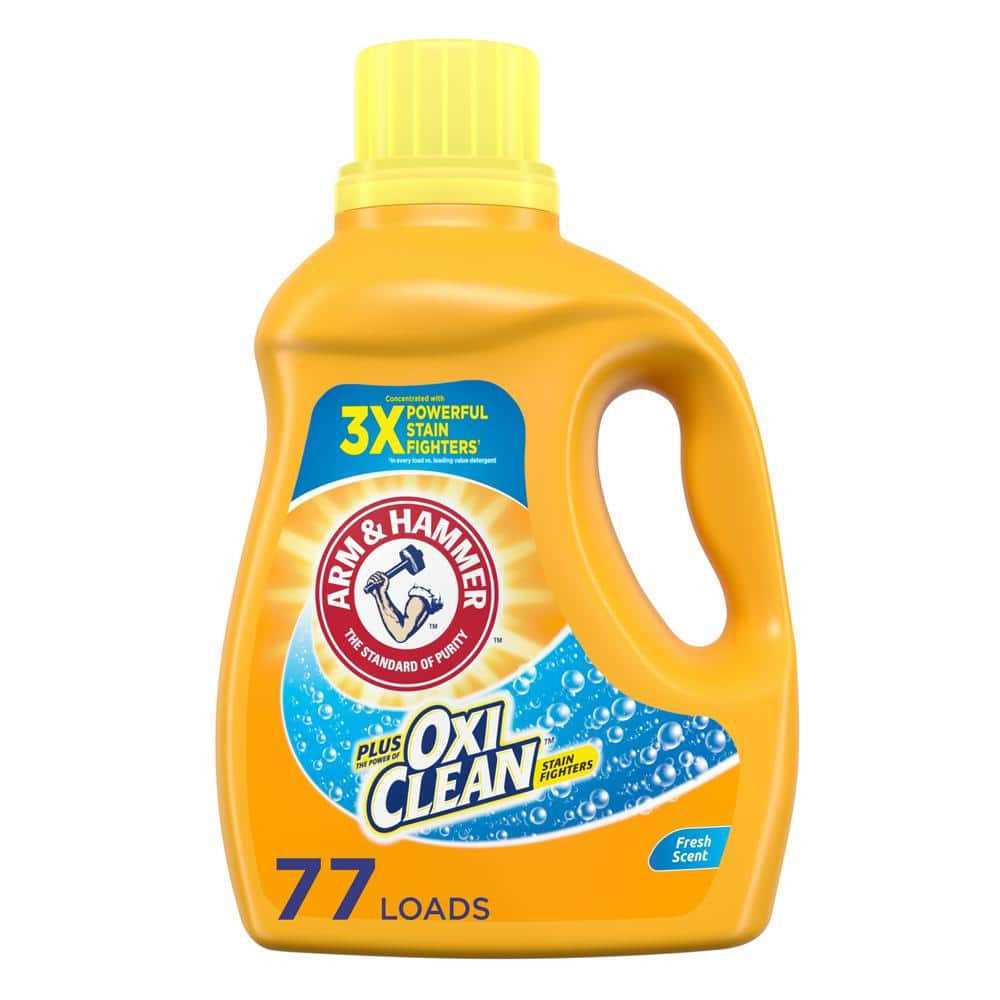
When diluting cleaning solutions, it is important to be mindful of concentration. Too much or too little cleaning solution can impact its effectiveness. Pay attention to the recommended dilution ratios provided on the cleaning product’s label and adjust accordingly. Remember to always use the appropriate amount of cleaning solution for the task at hand.
4. Convert between units
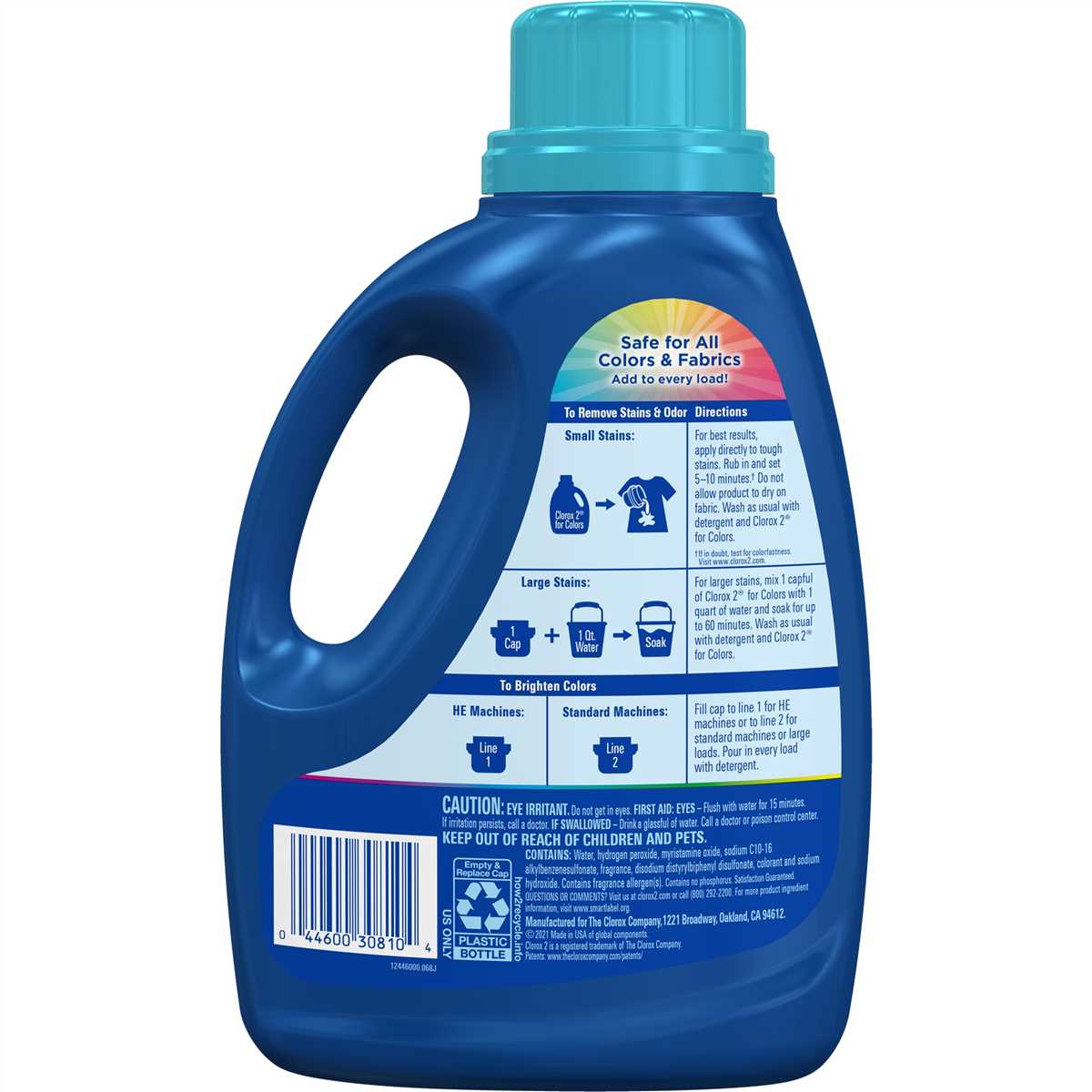
Sometimes, cleaning measurements are provided in different units, such as ounces, milliliters, or cups. Being able to convert between these units is useful for accurate measurements. There are online conversion tools and charts available that can help you convert between different units of measurement quickly and easily.
5. Keep a cleaning measurement reference guide
Having a cleaning measurement reference guide can be helpful, especially for common cleaning tasks. You can create a simple reference guide with common measurements for different cleaning tasks, such as laundry detergent, dish soap, or surface cleaner. This can serve as a quick reminder when needed.
6. Practice measuring accurately
Accurate measurement is a skill that can be improved with practice. Take your time when measuring, ensuring that you are using the correct measuring tool and following the instructions. Over time, you will become more comfortable with accurate measurements and achieve better cleaning results.
By understanding accurate cleaning measurements, you can ensure that you are using the right amount of cleaning products and achieving the best cleaning results. Whether you are cleaning your home or tackling a larger cleaning project, accuracy in measurement is key to success.
Types of Cleaning & Laundry Measurements
1. Teaspoon: A teaspoon is a common measurement used in cleaning and laundry tasks. It is equal to 1/3 of a tablespoon or approximately 5 milliliters. Teaspoons are often used to measure small amounts of cleaning solutions or laundry detergents.
2. Tablespoon: A tablespoon is another commonly used measurement in cleaning and laundry. It is equal to 3 teaspoons or approximately 15 milliliters. Tablespoons are often used to measure larger amounts of cleaning solutions or laundry detergents.
3. Cup: A cup is a larger unit of measurement commonly used in cooking and baking, but it can also be used in cleaning and laundry tasks. It is equal to 16 tablespoons or approximately 237 milliliters. Cups are often used to measure larger amounts of cleaning solutions or laundry detergents.
4. Capful: A capful is a measurement commonly used for laundry detergents and fabric softeners. It refers to the amount of detergent or softener that can be held in the cap of the product’s bottle. The size of a capful may vary depending on the brand, but it is typically around 1-1.5 ounces or 30-44 milliliters.
5. Load: In laundry measurements, a load refers to the amount of laundry being washed or dried in a single cycle. The size of a load can vary depending on the capacity of the washing machine or dryer. Common load sizes include small, medium, large, and extra-large.
6. Ounce: An ounce is a unit of measurement commonly used for liquids in the cleaning and laundry industry. It is equal to approximately 30 milliliters or 0.03 liters. Ounces are often used to measure the volume of cleaning solutions or laundry detergents.
7. Pound: A pound is a unit of measurement commonly used for solid cleaning products, such as cleaning powders or laundry stain removers. It is equal to approximately 453 grams. Pounds are often used to measure the weight of cleaning products.
8. Gallon: A gallon is a larger unit of measurement commonly used for liquids in the cleaning and laundry industry. It is equal to 128 ounces or approximately 3.8 liters. Gallons are often used to measure larger quantities of cleaning solutions or laundry detergents.
9. Count: In cleaning and laundry measurements, count refers to the number of individual items being used or processed. For example, the count of laundry items could refer to the number of socks, shirts, or towels being washed in a single load.
10. Ratio: Ratio is a measurement that refers to the proportion of one ingredient or substance compared to another. In cleaning and laundry, ratios can be used to mix cleaning solutions or dilute concentrated detergents. For example, a common ratio for mixing a cleaning solution is 1 part cleaner to 10 parts water.
These are just a few examples of the types of cleaning and laundry measurements that are commonly used. It’s important to carefully read and follow the instructions on cleaning product labels to ensure proper usage and achieve the desired results.
How to Use Capfuls for Cleaning & Laundry
Capfuls are a convenient way to measure and add cleaning and laundry products to your tasks. Here are some tips on how to use capfuls effectively:
1. Read the product label
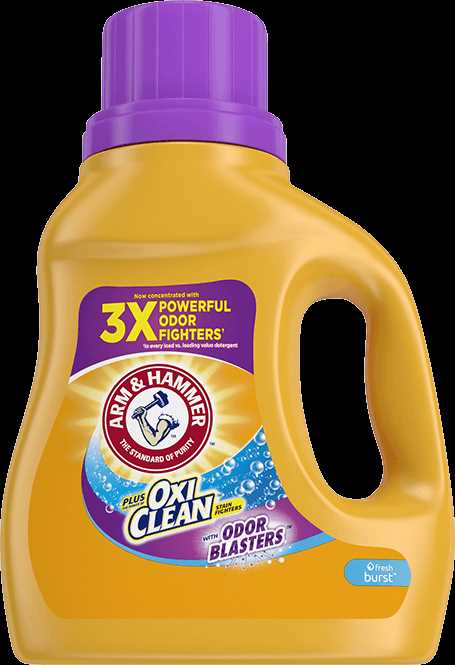
Before using a capful for cleaning or laundry, make sure to read the product label for specific instructions. Some products may have different cap sizes or instructions, so it’s important to follow the guidelines provided.
2. Determine the recommended capful amount
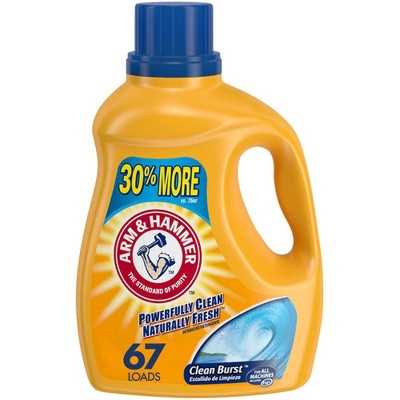
Most cleaning and laundry products that use capful measurements will provide a recommended amount on the label. This can be in the form of fractions (e.g., 1/2 capful) or specific measurements (e.g., 30ml or 2 tablespoons).
3. Use the appropriate cap size
Different products may come with different cap sizes, so it’s important to use the correct one. Using a cap that is too large or too small may result in inaccurate measurements and potentially affect the product’s effectiveness.
4. Fill the cap to the appropriate level
Fill the cap with the product up to the recommended level. This ensures that you are using the correct amount and prevents overuse or wastage.
5. Add the capful to the task
Once the cap is filled, add the contents to the appropriate cleaning or laundry task. This may involve pouring it directly into the machine, adding it to a bucket of water, or applying it directly to the surface that needs cleaning.
6. Repeat if necessary
If the product label specifies multiple capfuls for a task, repeat the process accordingly. It’s important to follow the instructions provided to achieve the desired results.
By using capfuls correctly, you can ensure that you are using the right amount of cleaning and laundry products for your tasks, leading to efficient and effective results.
Tips for Accurate Measurement in Cleaning & Laundry
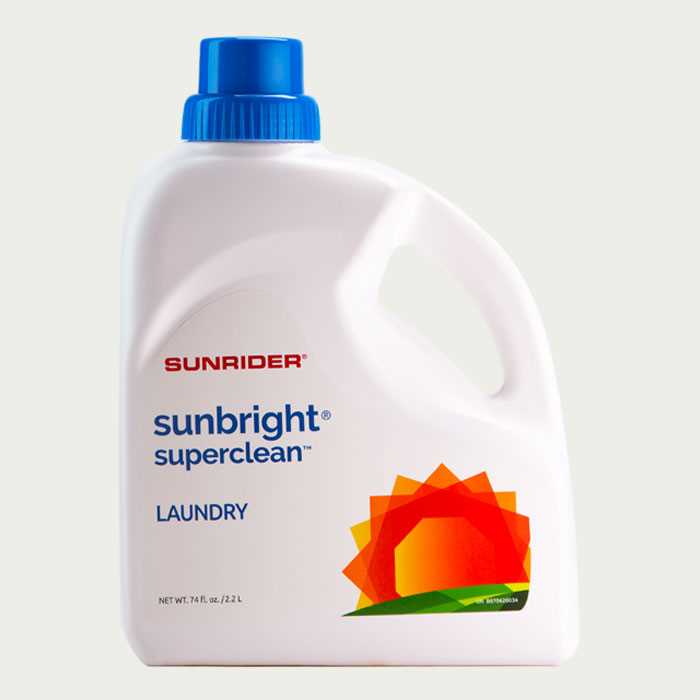
Accurate measurement is crucial when it comes to cleaning and laundry tasks. Whether you’re using liquid detergents, fabric softeners, or cleaning solutions, the right amount can make a big difference in achieving the desired results. Here are some tips for accurate measurement in cleaning and laundry:
- Read the Labels: Before using any cleaning or laundry product, carefully read the labels to understand the recommended measurement guidelines provided by the manufacturer.
- Use Measuring Cups and Spoons: Invest in a set of measuring cups and spoons specifically for cleaning and laundry purposes. This will ensure precise measurements and eliminate any guesswork.
- Follow Dilution Instructions: Some cleaning products require dilution before use. Follow the instructions provided to dilute the product accurately, ensuring effective cleaning without wasting any excess solution.
- Fill the Capful Exactly: When a cleaning or laundry product comes with a cap, use it as a measuring tool. Fill the capful exactly to the indicated line for accurate measurement.
- Pay Attention to Water Levels: When diluting or using powders, follow the instructions on water levels. Using too much or too little water can affect the product’s effectiveness.
- Keep a Reference Chart: Create a reference chart with the measurements of commonly used cleaning and laundry products. This will serve as a quick guide and help you maintain accuracy in your routine.
- Consider the Load Size: For laundry tasks, adjust the measurement based on the load size. Follow the recommended amounts for small, medium, and large loads.
- Store Measuring Tools Properly: After use, clean and store your measuring tools properly to prevent contamination and maintain accuracy.
By following these tips for accurate measurement in cleaning and laundry, you can ensure that you’re using the right amount of products for optimal results. Remember, a little extra diligence in measuring can go a long way in maintaining cleanliness and achieving the desired freshness in your home and laundry.
FAQ
What is a capful?
A capful is the amount of liquid that fits into the cap of a bottle. It is usually used as a measurement for cleaning and laundry products.
How much liquid does a capful hold?
The amount of liquid that a capful holds can vary depending on the size of the bottle and the design of the cap. Generally, a capful is around 30 milliliters or 1 fluid ounce.
Can I use any cap to measure a capful?
It is best to use the cap that comes with the product for accurate measurements. Each cap is designed to hold a specific amount of liquid, so using a different cap may result in a different measurement.
Is a capful enough for a load of laundry?
The amount of detergent needed for a load of laundry can vary depending on factors such as the size of the load and the level of dirtiness. In general, a capful is sufficient for a regular load of laundry, but for larger or heavily soiled loads, you may need to use more.
Can I use a capful of bleach for cleaning?
Using a capful of bleach for cleaning can be effective for disinfection purposes, but it is important to follow the instructions on the bleach bottle. Some bleach products may recommend using a different amount for cleaning purposes, so it is best to read the label for specific instructions.
What is the standard measurement for a capful in cleaning products?
A standard measurement for a capful is usually around 30 milliliters (ml), but it can vary depending on the product.
How do I know how much a capful is in ounces?
To convert a capful measurement from milliliters (ml) to ounces (oz), you can use the conversion rate of 1 ml equals approximately 0.034 ounces. So, if a capful is 30 ml, it would be approximately 1.02 ounces.













